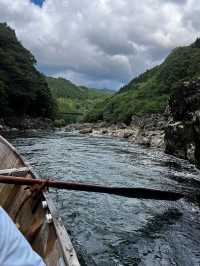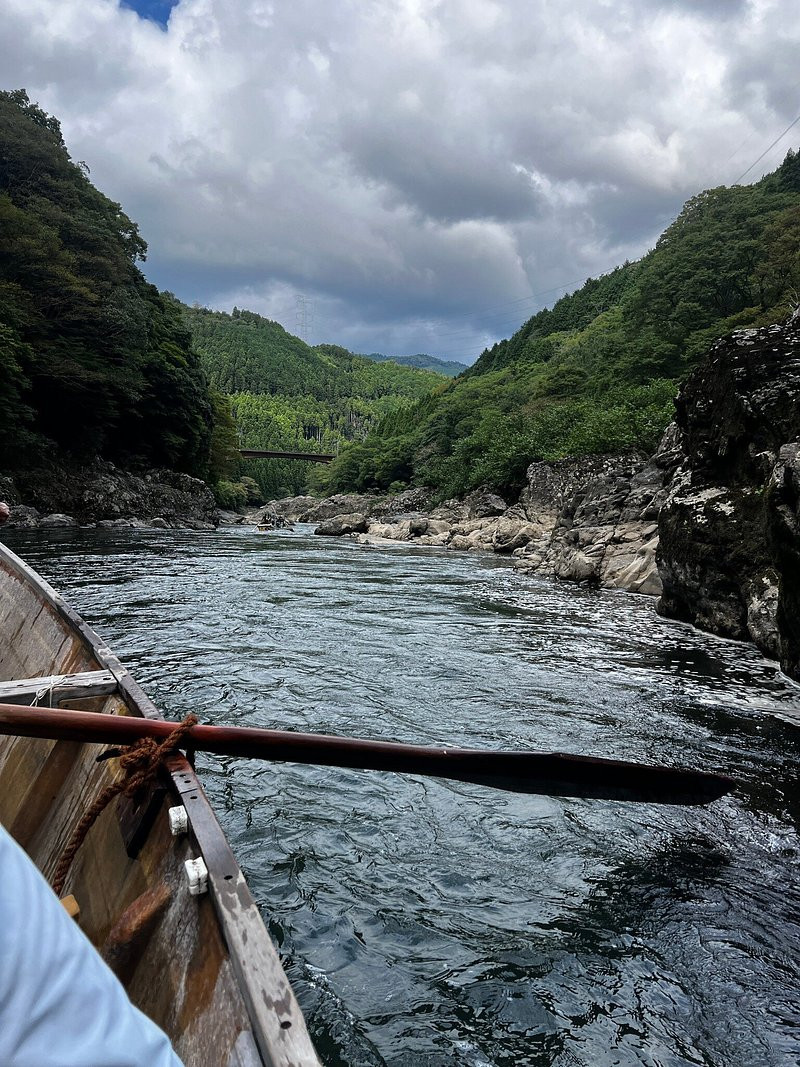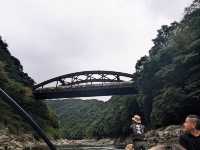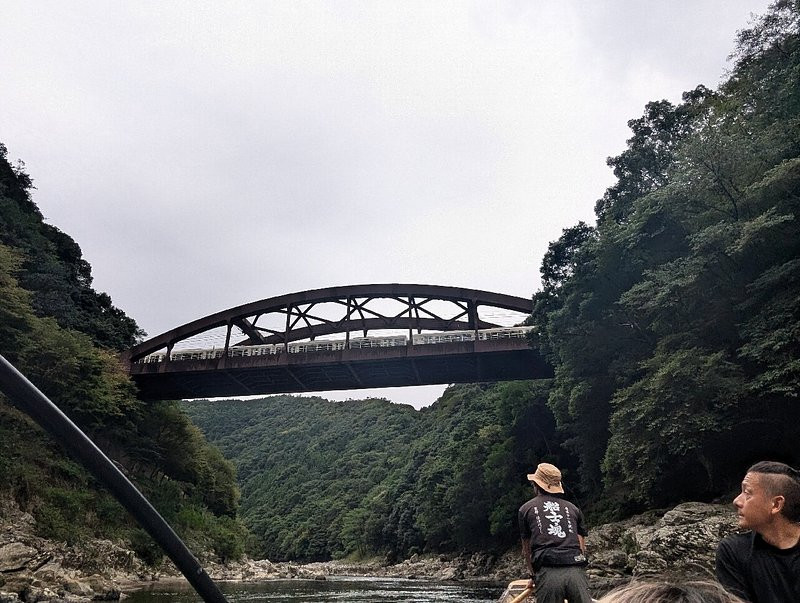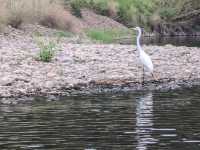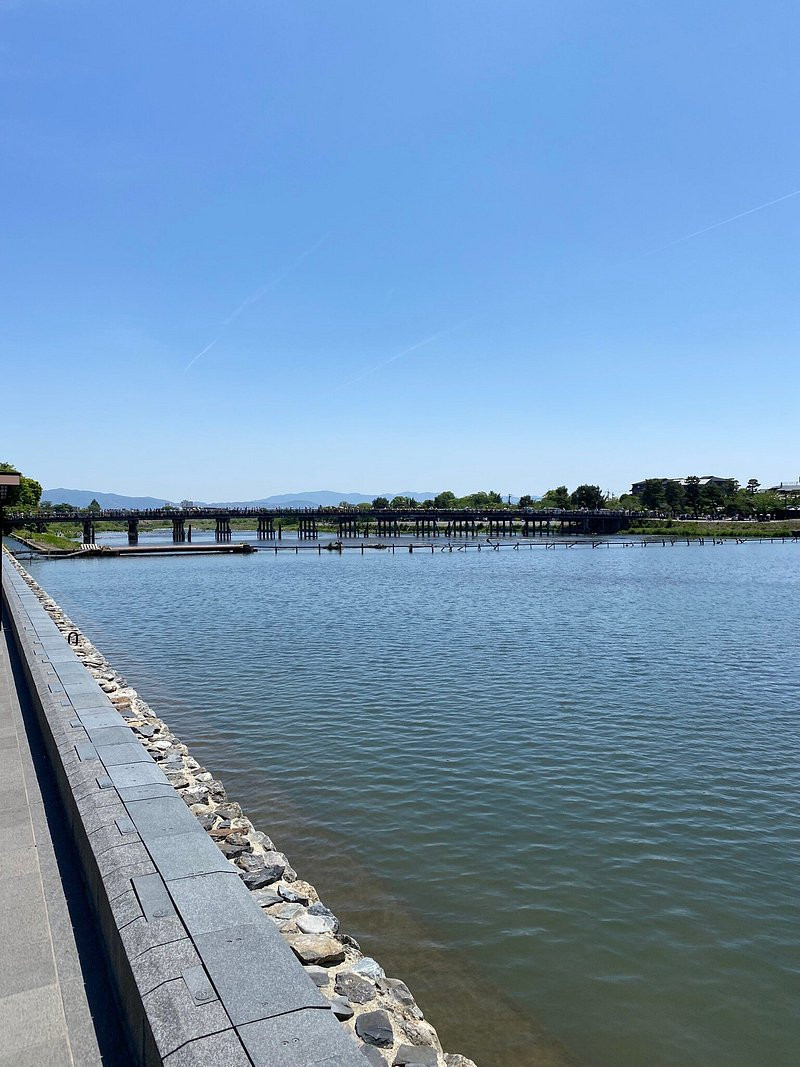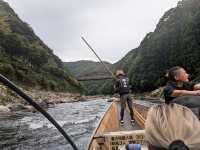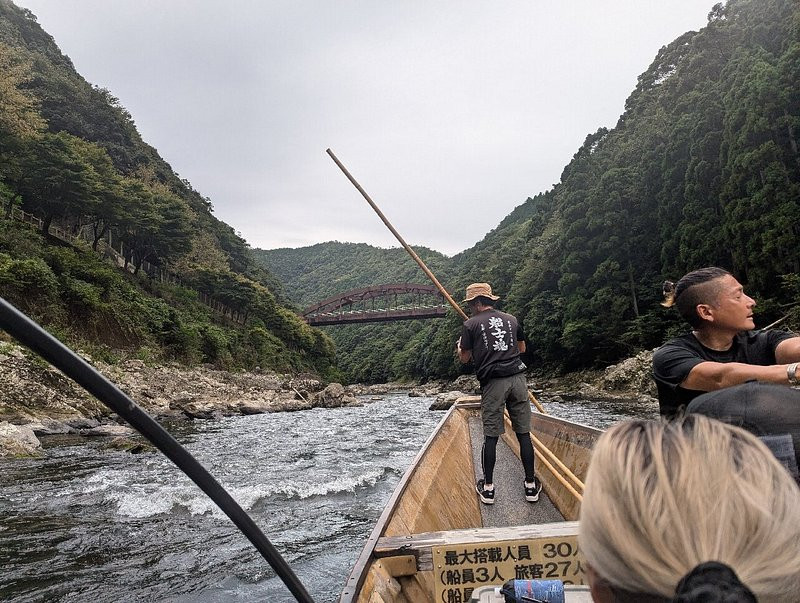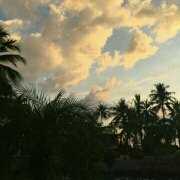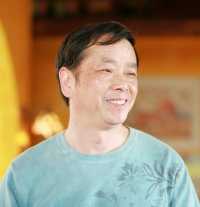What a great boat ride! Our 3 boat captains didn’t speak very much English, but their cheesy dad jokes were strong! We had such a fun time.Beautiful views, cheesy jokes and a great finish if you need a ride back to Arashiyama after riding the Sagano Scenic Railway trolley train.
Hozugawa River Boat Ride (Hozugawa Kudari) Review
4.7 /5216 Reviews
Recommended Attractions at Popular Destinations
Bangkok attraction near me | Manila attraction near me | Tokyo attraction near me | Taipei attraction near me | Hong Kong attraction near me | Seoul attraction near me | Kuala Lumpur attraction near me | Los Angeles attraction near me | Shanghai attraction near me | New York attraction near me | Shenzhen attraction near me | Osaka attraction near me | Singapore attraction near me | London attraction near me | Guangzhou attraction near me | San Francisco attraction near me | Beijing attraction near me | Macau attraction near me | Bali attraction near me | Jakarta attraction near me | Paris attraction near me | Ho Chi Minh City attraction near me | Istanbul attraction near me | Phuket attraction near me | Chicago attraction near me | Seattle attraction near me | Toronto attraction near me | Orlando attraction near me | Cebu attraction near me | Chiang Mai attraction near me
Popular Travelogues
Bangkok Travelogue | Tokyo Travelogue | Hong Kong Travelogue | Seoul Travelogue | Kuala Lumpur Travelogue | Los Angeles Travelogue | Shanghai Travelogue | New York Travelogue | Shenzhen Travelogue | Osaka Travelogue | Singapore Travelogue | London Travelogue | Guangzhou Travelogue | Beijing Travelogue | Macau Travelogue | Paris Travelogue | Phuket Travelogue | Chicago Travelogue | Orlando Travelogue
Popular Ranked Lists
Top 19 Local Restaurants in Singapore | Popular Must-Visit Restaurants in Ho Chi Minh City | Popular Best Things to Do in Sihanoukville | Popular Must-Visit Restaurants in Santorini | Popular Best Things to Do in Broward County | Popular Best Things to Do in Pingyuan | Popular Must-Visit Restaurants in Tokyo | Top 19 Local Restaurants in Phuket | Top 18 Best Things to Do in Miami-Dade County | Popular Must-Visit Restaurants in Taipei | Popular Best Things to Do in Capital Governorate | Popular Premium Hotels in Yamanakako | Popular Luxury Hotels in Balochistan | Top 3 Best Things to Do in Jerusalem District | Popular Premium Hotels in Tucson | Popular Must-Visit Restaurants in Dalat | Popular Luxury Hotels in Dhofar | Top 18 Local Restaurants in Seoul | Popular Must-Visit Restaurants in Chiang Mai | Popular Best Things to Do in Mecklenburg County | Popular Must-Visit Restaurants in Rome | Top 17 Best Things to Do in Sao Paulo | Popular Premium Hotels in Kirov Oblast | Popular Local Restaurants in Osaka | Popular Best Things to Do in Davis County | Popular Premium Hotels in Edmonton | Popular Luxury Hotels Near Guatape | Popular Must-Visit Restaurants in Dubai | Top 19 Light Bites in Bangkok | Popular Must-Visit Restaurants in Kyoto
Payment Methods
Our Partners
Copyright © 2025 Trip.com Travel Singapore Pte. Ltd. All rights reserved
Site Operator: Trip.com Travel Singapore Pte. Ltd.
Site Operator: Trip.com Travel Singapore Pte. Ltd.
